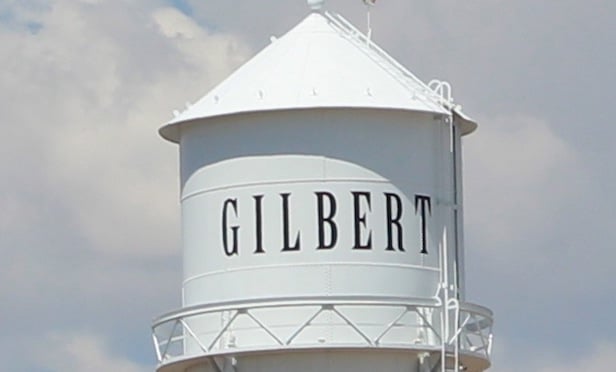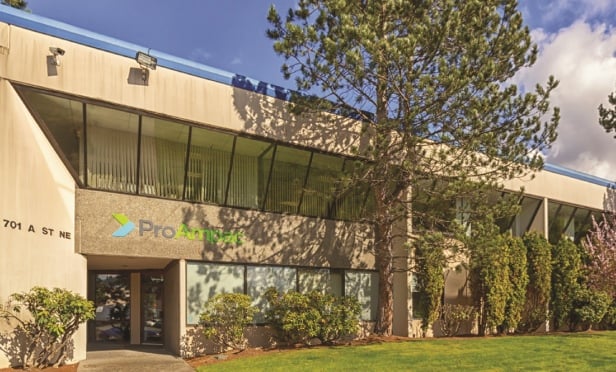LOS ANGELES-Over the past decade, the medical office market has garnered significantly more attention from the investment community than years prior. Medical is a niche office market recognized for its generally low vacancy and higher rents resulting in greater asset value. While office vacancy throughout Los Angeles County is at approximately 16%, medical office building vacancy is less than half that at about 5% to 7%--this rate for MOB is consistent across the nation as well.
Medical and dental tenants tend to be stable, credit worthy, and move less frequently than office tenants due to patient referral patterns and long-term patient relationships which are carefully developed over time. Traditionally, investors and tenants sought MOBs located on-campus or adjacent to acute care hospitals for physician convenience. However, there is trending toward more outpatient care outside the often congested hospital vicinity in free-standing medical office property at locations more convenient to the home or workplace of the patient. These medical buildings often include retail-type ground floor urgent care, diagnostic imaging, laboratory, ambulatory surgery centers and other services frowned upon if located too close and competing with an adjacent hospital. While some physician specialties need to be in close-proximity to the hospital for urgent or emergent medical situations, the majority do not. The key benefit to tenants is that rents tend to be somewhat lower for off-campus medical properties.
Because of reasons mentioned above as well as the often lack of available land next to many hospitals, developers are increasingly identifying existing, underutilized office or retail properties for conversion to medical at less cost and quicker to market. Kaiser and other healthcare organizations have utilized this strategy of adaptive re-use in recent years to quickly meet market demand cost effectively. The economic recession has rendered many of these target properties poorly occupied or vacant and an attractive alternative to new construction. The primary hurdle in such conversion is meeting local parking requirements, generally 5/1000 for medical use. Retail properties, whether free-standing bank branches, restaurants or even big-box retail buildings generally offer high visibility, high traffic, easy access and great parking which suit medical use nicely. The “branding” strategy of many healthcare organizations is enhanced with these highly visible sites, helping to strengthen market share (patient volume) to the sponsoring organization which generally has primary building signage.
The recent passage and on-going implementation of the Affordable Care Act encourages greater communication and coordination of patient care between physicians and hospitals with the goal of enhancing quality care and reducing healthcare costs. As hospitals acquire physician practices and medical groups form and merge to further promote the spirit and goals of the ACA, the average size suite in MOBs is growing to accommodate these larger, merged practices in contiguous space.
Larger floorplates in new construction and greater exercise of relocation clauses necessary to achieve large blocks of contiguous space for growing tenants are definitely in our future. The ACA will also result in an additional 30-40 million persons to be covered by health insurance, meaning additional MOB capacity needs to come online soon to accommodate this demand, coupled with greater demand for physician visits from the aging population across the country.
All in all, demand for medical office space is strong for both on and off-campus with the expectation of low vacancy and high rents for many years to come.
Michael Dettling is a principal at Avison Young. The views expressed in this column are the author's own.
© Touchpoint Markets, All Rights Reserved. Request academic re-use from www.copyright.com. All other uses, submit a request to [email protected]. For more inforrmation visit Asset & Logo Licensing.






